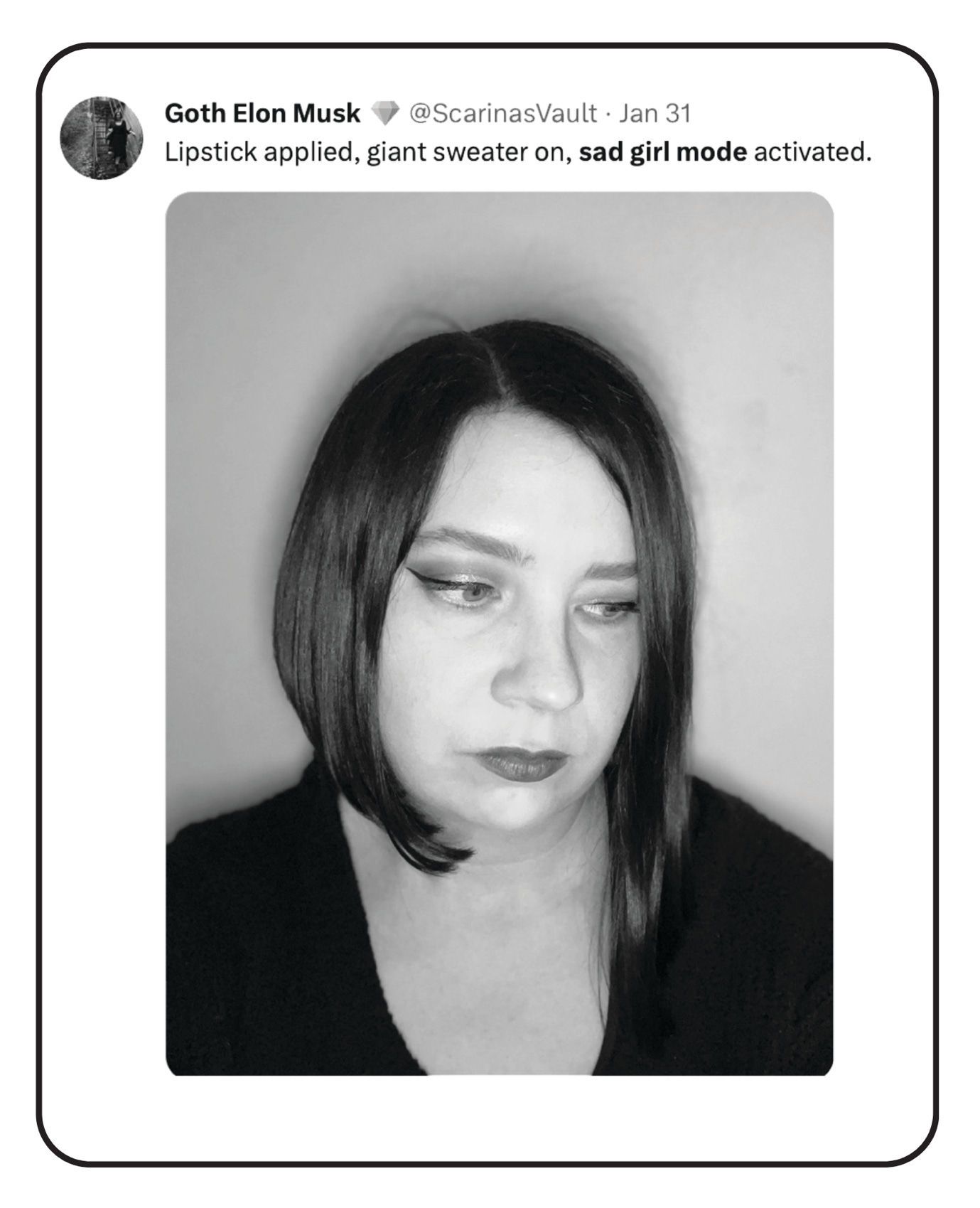Discovering the Role of Modes in People’s Lives
Chapter 6: People Spend Most of Their Time in Modes
Friends,
How many modes do you get into daily? Think about it. Morning mode, commute mode, work mode, commute mode, cooking mode. It seems obvious that we should be paying attention to modes. Here’s my next installment in Chapter 6: People Spend Most of Their Time in Modes.
Discovering the Role of Modes in People’s Lives
I first came to understand how important modes were in people’s lives in 2013 while doing research on digital consumer behavior. My team at Stone Mantel was trying to understand how people handled the onslaught of data, technology, and digital experiences made possible by mobile phones, laptops, and other devices. While observing people in their homes and places of work, we realized many people were adapting themselves and their environment to the task (or multiple tasks) at hand. They would adjust their way of thinking and their environment to solve for different problems—and technology allowed them to do it faster and better. And, for the most part, they seemed to be far more positive about their newfound abilities than not.
People were adapting to these amazing new tools (smartphones, smart homes, smart everything!) and feeling very empowered—specifically when they could also adjust their mode. It’s only fitting that the term “mode” be used to describe what they were doing. After all, phones have airplane mode and video games have “story mode.” But technology didn’t create modes. People have always gotten into modes. Technology did make the phenomenon far more powerful and frequent.
As technological change speeds up, people are shifting their perspectives on how much time they are spending, where they are spending it — and whether that time is well spent. They value time spent as moments less and value time spent in modes more. Moreover, they have always been in modes much more than they have had meaningful moments.
Today, people talk openly about the modes they are in. They share their modes on social media. They design their homes to support their modes. (A bedroom can support both work mode and sleep mode with the addition of a desk and a murphy bed.) And the folks that are most self-aware actively design modes into their lives. Often, these modes are high performance modes or recovery modes.
Negative Modes
Not all modes support our most positive goals. Negative modes exist, too. Crisis mode, panic mode, procrastination mode, to name a few. People often add the word “mode” to the end of emotions they are feeling. Instead of saying, “I’m sad right now,” Gen Zers might be more likely to say: Lipstick applied, giant sweater on, sad girl mode activated.
https://twitter.com/ScarinasVault/status/1620536945230381056
When Goth Elon Musk says she’s in “sad girl mode,” she’s describing more than an emotion she’s feeling. There’s an obvious start to her experience and an implied stop (when the mode turns off). There’s a mindset and a set of behaviors she associates with her sad girl mode, including red lipstick, which might be different from what someone else experiences in sad boy mode, or sad parent mode.
There is power in defining modes. If someone says they are in anxious mode, rather than saying they have anxiety, it makes the experience seem less permanent, and signals to the individual that there is the possibility of the mode being turned off. For some people, this can be an important way to reframe what they are feeling and can lead to new, more capable forms of personal self-talk. Instead of seeing themselves as stuck in a permanent state, they can identify strategies to turn off the mode.
When you start to think about modes, you see them everywhere. They become obvious. People get into modes for a variety of reasons; some of them are positive and some of them are negative. Some increase performance; others, like goblin mode, are the exact opposite of anything having to do with high performance or high-intensity experiences. There is something magical in naming the states of being you have, particularly when you don’t have to treat the moniker as a permanent tattoo. Modes allow you to temporarily become something else or someone else.
To be continue …






